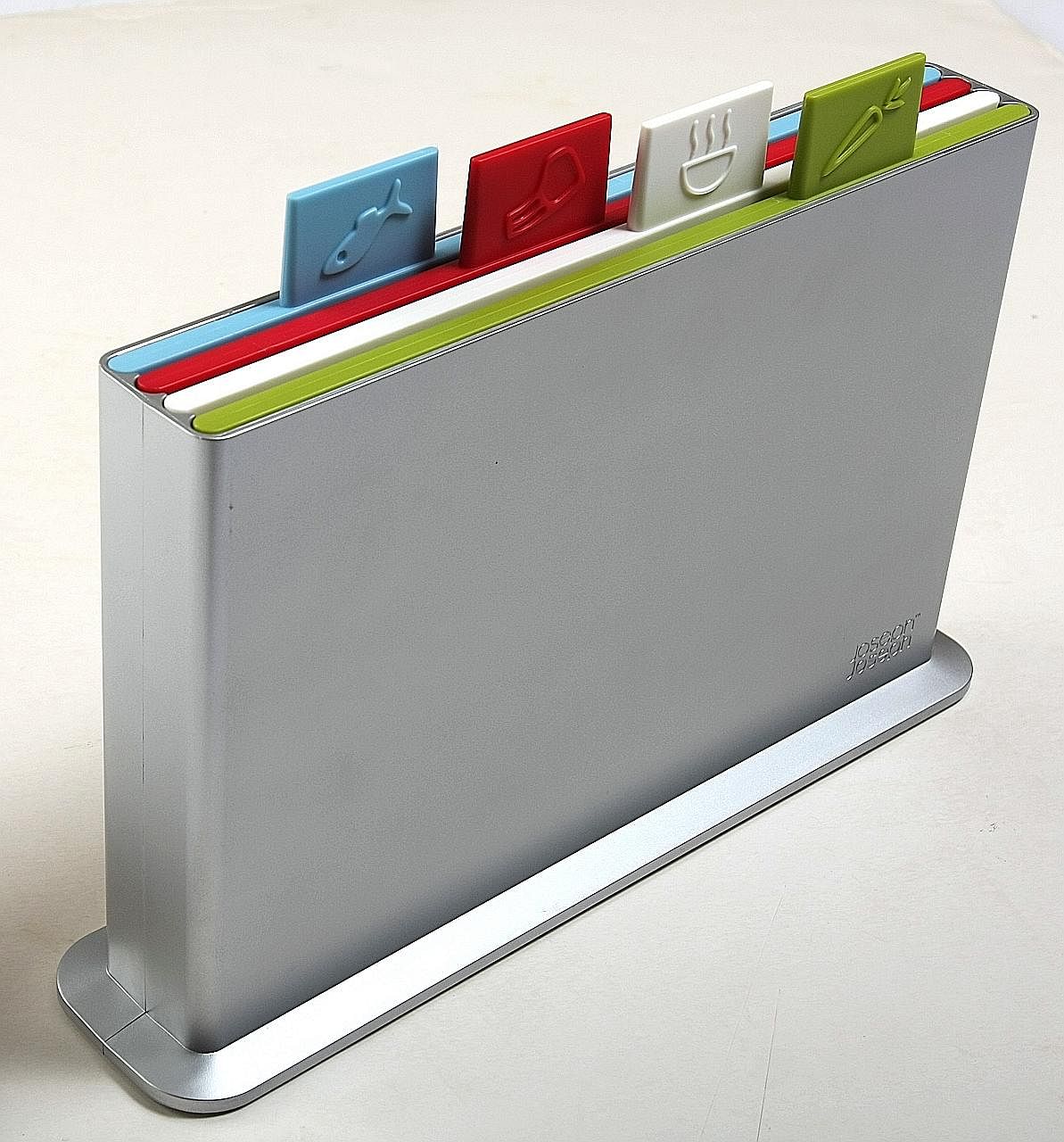In the old days, hawkers used only wooden chopping blocks and they would scrape them clean with their choppers after use.
They would wash the chopping block with soap and water at the end of the day. This was to clear the gunk off the surface before using the board again.
I use a plastic board simply because I can sanitise it in the dishwasher.
Still, I love the feel and look of wood.
Wooden cutting boards are also kinder to knives, though they need to be scraped clean with a scraper or a knife, washed with hot soapy water (not in the dishwasher) and oiled periodically.
You can get such oils, which are designed for wooden boards, at hardware or kitchenware shops.

But no matter what kind of cutting board you use - wood, plastic or bamboo - you need to wash it thoroughly, especially after using it for raw meat.
Scrub the board thoroughly with soap and hot running water from the tap to wash away the bacteria. Dry with a paper towel.
To sanitise it further, spray with a solution of one part vinegar to three parts water. Let the board stand and air-dry.
And you can use salt and lemon juice to get rid of stains.
If it is a wooden board, you need to oil it regularly to keep it from splitting and warping.
But if you are concerned about hygiene, use multiple boards - one for meat, one for fish, one for onions and garlic, and one for fruit and vegetables.
Or you could get a set of plastic cutting sheets in different colours for different functions and lay them on your main cutting board.
You can clean them easily in the dishwasher or by following the tips above.

